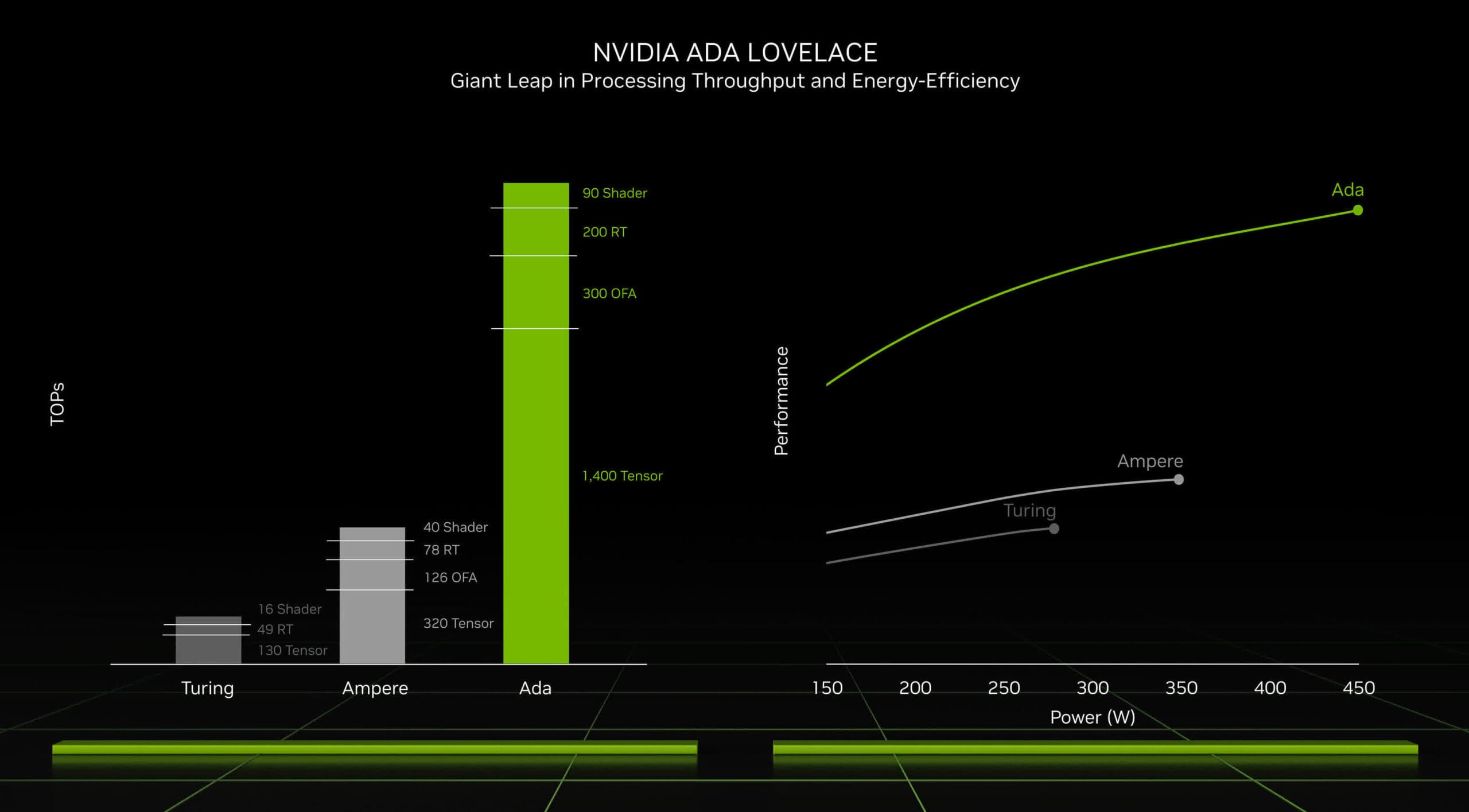The landscape of computer graphics is continuously evolving, with each new generation of hardware bringing advancements in performance, efficiency, and capabilities. As the demand for high-performance graphics grows, so too does the need for more robust hardware specifications. Recent rumors have emerged regarding NVIDIA’s next-generation RTX 50 GPUs, indicating that these new units may come with significantly increased power requirements compared to their predecessors.
The RTX 50 series is expected to build upon the architecture established by the previous generations, such as the RTX 30 and RTX 40 series. These earlier models have already set a high bar for performance, offering features like real-time ray tracing and artificial intelligence-driven enhancements. However, as technology advances, the need for more power to drive these innovations becomes apparent. The rumors surrounding the RTX 50 GPUs suggest that NVIDIA is preparing to push the boundaries of performance even further, which may result in a corresponding increase in power consumption.
One of the primary factors contributing to the anticipated rise in power requirements is the introduction of new manufacturing processes and architectural improvements. NVIDIA has been known to leverage cutting-edge technology to enhance the efficiency and performance of its GPUs. The next generation may incorporate advanced semiconductor technologies that allow for more transistors to be packed into a smaller space, thereby increasing computational power. However, this increase in transistor density often results in higher power consumption, as more energy is required to operate these additional components.
Another consideration is the growing trend of higher resolutions and refresh rates in gaming and professional applications. As gamers and content creators demand more immersive experiences, the hardware must keep pace. The RTX 50 GPUs are expected to deliver enhanced performance at 4K resolutions and beyond, necessitating greater power to maintain smooth frame rates and high-quality graphics. This shift could lead to a situation where users may need to upgrade their power supplies to meet the new demands of the RTX 50 series, particularly if they are currently using older power supply units (PSUs) that may not be equipped to handle the increased load.
In addition to power supply considerations, cooling solutions will also play a crucial role in the deployment of the RTX 50 GPUs. Increased power consumption typically leads to higher thermal output, which means that effective cooling solutions will be essential to maintain optimal performance and prevent overheating. Gamers and professionals may need to invest in more advanced cooling systems, such as liquid cooling or high-performance air coolers, to ensure that their systems can handle the additional heat generated by the new GPUs.
The implications of these increased power requirements extend beyond individual users. System builders and manufacturers will also need to consider the overall power consumption of their products. As the industry continues to trend towards more powerful and energy-hungry components, there may be a ripple effect across the market. Manufacturers may need to reevaluate their designs to accommodate the increased power demands of the RTX 50 GPUs, leading to changes in product offerings and configurations.
Moreover, the gaming community has been vocal about the importance of energy efficiency in hardware. As concerns about environmental sustainability grow, the balance between performance and power consumption becomes increasingly critical. While the RTX 50 GPUs are expected to offer remarkable performance improvements, it remains to be seen how NVIDIA will address the issue of power consumption in the context of broader environmental considerations.
In conclusion, the rumors surrounding the next-generation RTX 50 GPUs suggest a significant increase in power requirements, driven by advancements in technology and the demand for higher performance. As users prepare for the potential launch of these new GPUs, they will need to consider the implications for their existing systems, including power supply and cooling solutions. The gaming and professional communities will be watching closely to see how NVIDIA navigates this challenge, balancing the drive for performance with the need for efficiency in an ever-evolving landscape.


